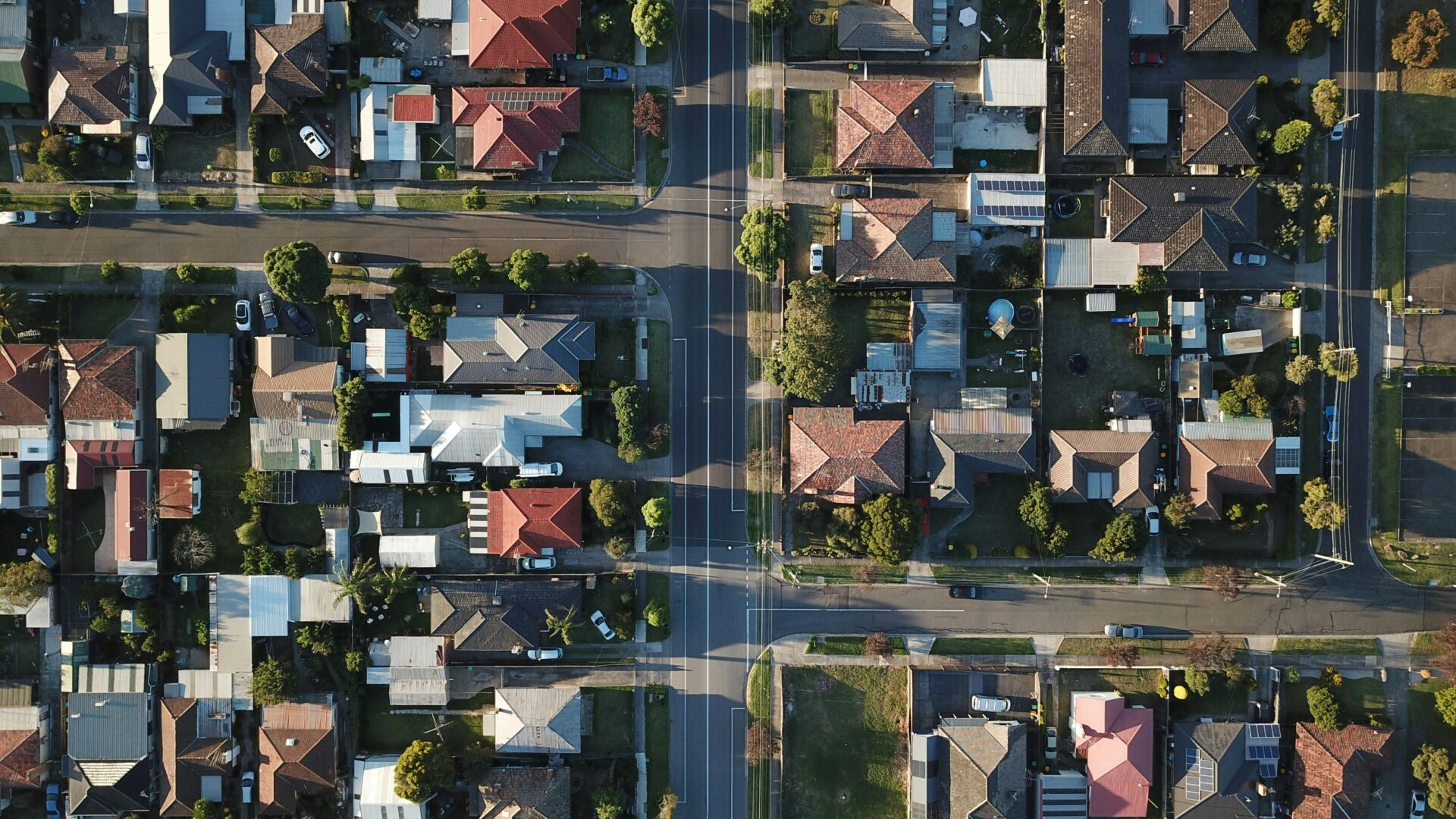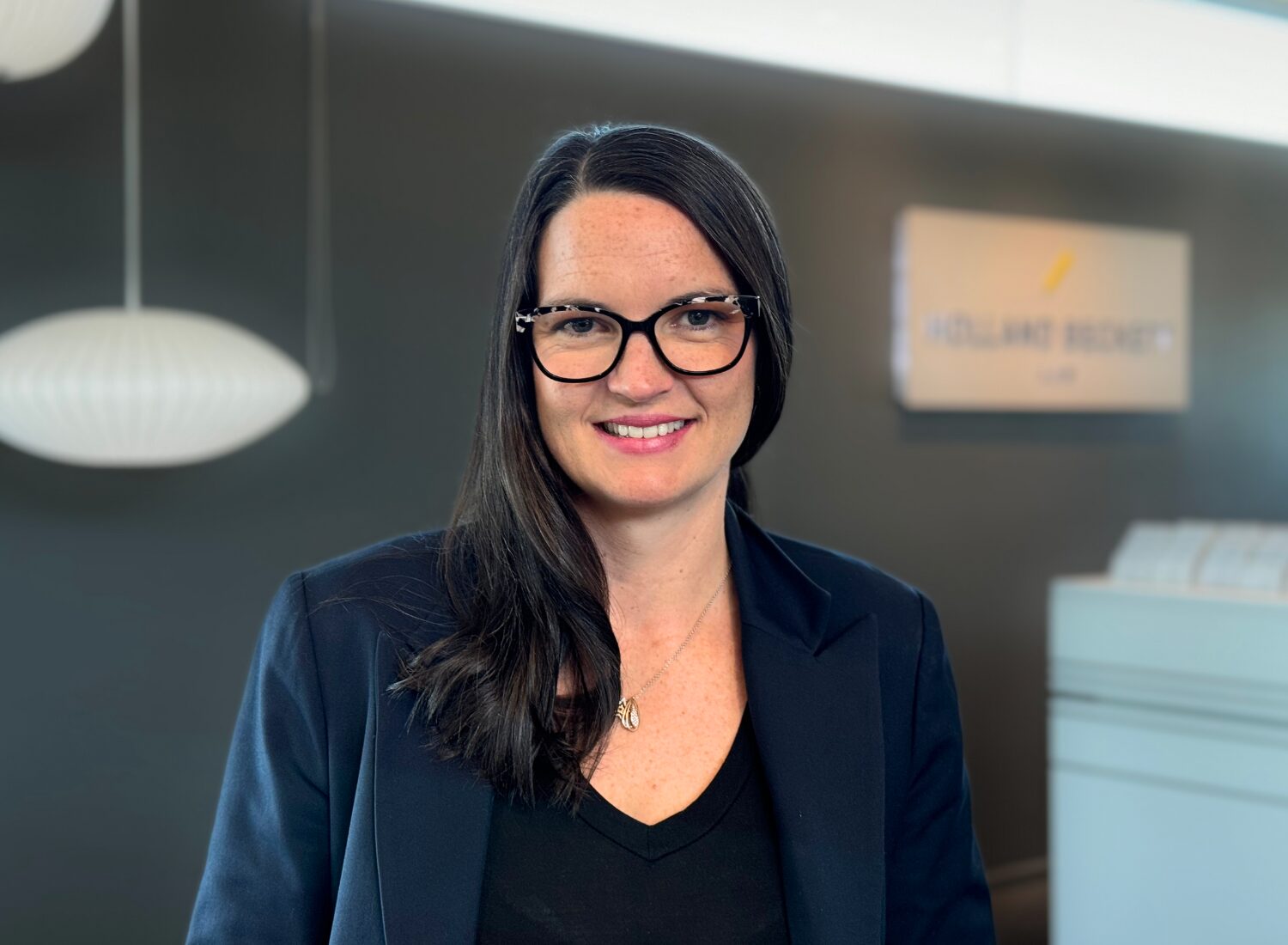Qualifications
- LLB, BA, University of Canterbury 2010
- Admitted to the Bar in New Zealand 2011

Contact
- DDI: +64 7 571 3836
- E: hilary.anderson@hobec.co.nz
Hilary is a Partner at Holland Beckett working with our Property and Commercial team.
Hilary has a strategic focus on urban development and infill housing. She has significant experience and deep insight into the legal and practical challenges of intensification projects.
With over 12 years of experience in property and commercial law, her expertise spans residential and commercial property transactions and finance, property development, conveyancing, subdivisions, leasing, franchising and contract matters for both private and commercial clients.
Hilary also has significant experience advising high net worth individuals and families on private matters, including the management of complex trust structures and large estates. However, she is equally committed to supporting those entering the property market for the first time, recognising that buying a first home is one of the most significant financial and emotional decisions people make and that good, accessible legal advice is integral to making this a smooth and less daunting process.
Hilary joined Holland Beckett as Special Counsel in 2024, working with Dean Thompson and his team prior to his retirement. Hilary was recognised in 2022 by New Zealand Lawyer as one of the profession’s rising stars. Alongside her notable legal expertise, she is also an adept leader and mentor, dedicated to the development and success of her team and junior staff.
In addition to practice, Hilary has supported a number of organisations in the wider Tauranga community. She is a former committee member and chair of LINKT (the young professionals branch of Tauranga Business Chamber) and provides regular seminars for real estate agents and the banking industry to share her knowledge about property-related matters and how the legal process works.
Born in Ōhope, she has strong ties to Whakatāne and the Eastern Bay of Plenty and has called Tauranga home for more than thirteen years, where she is well regarded for her strong relationships and outstanding reputation in the community.











